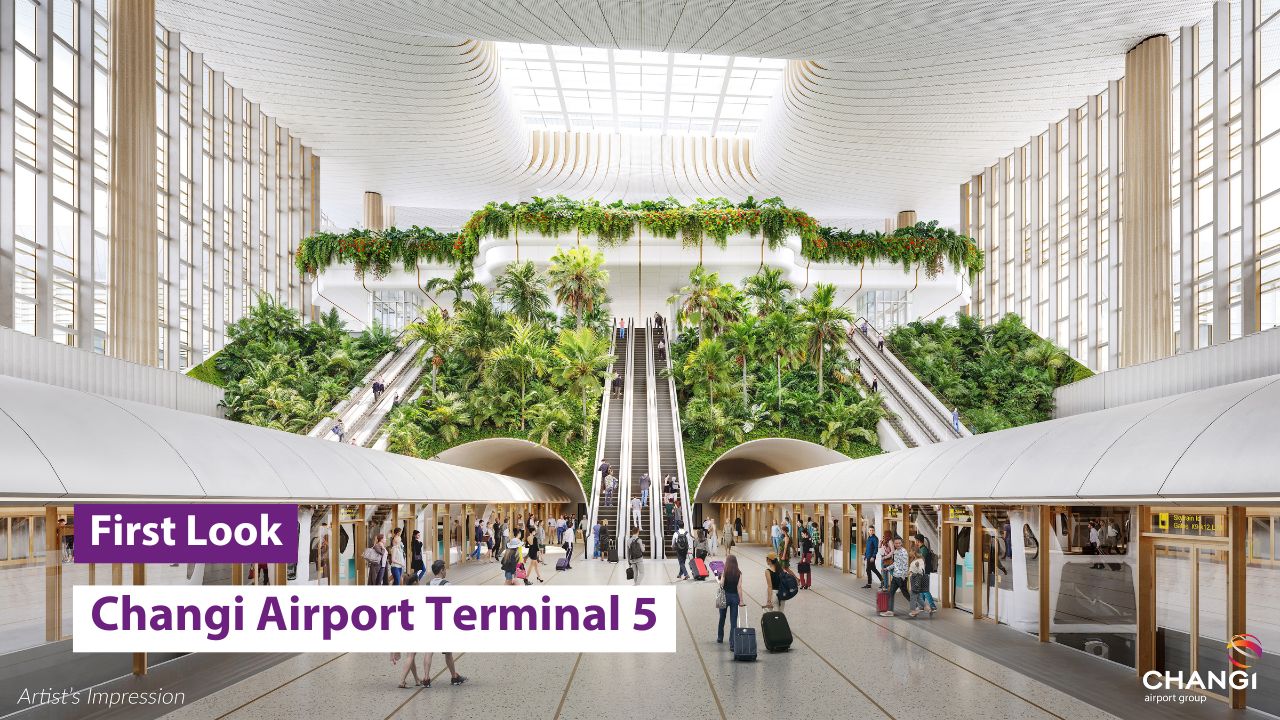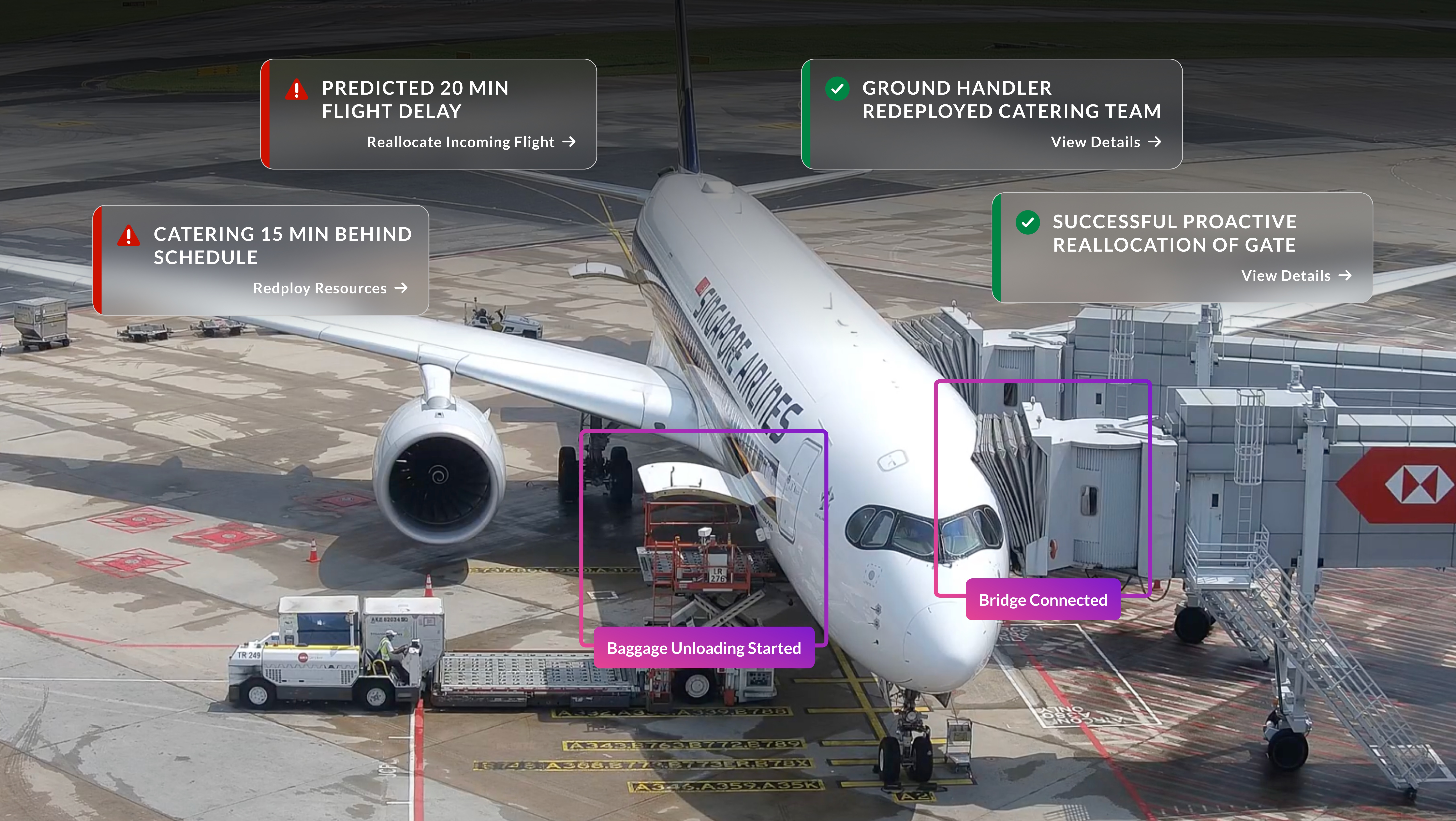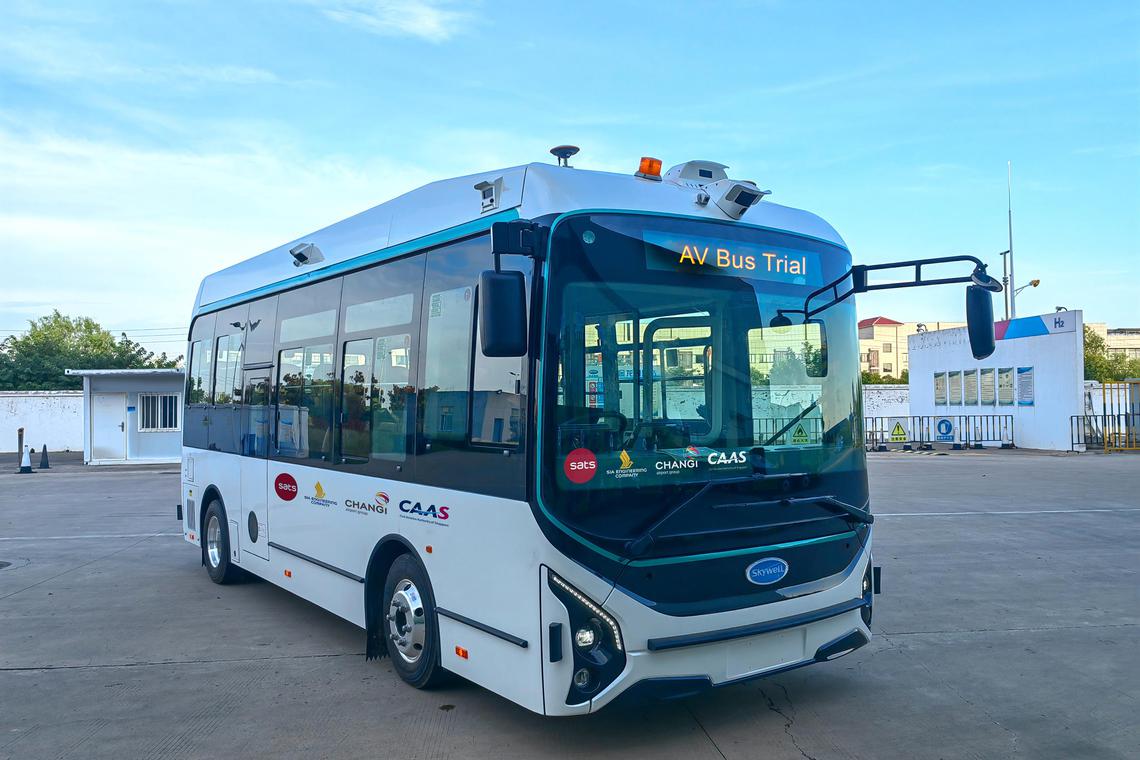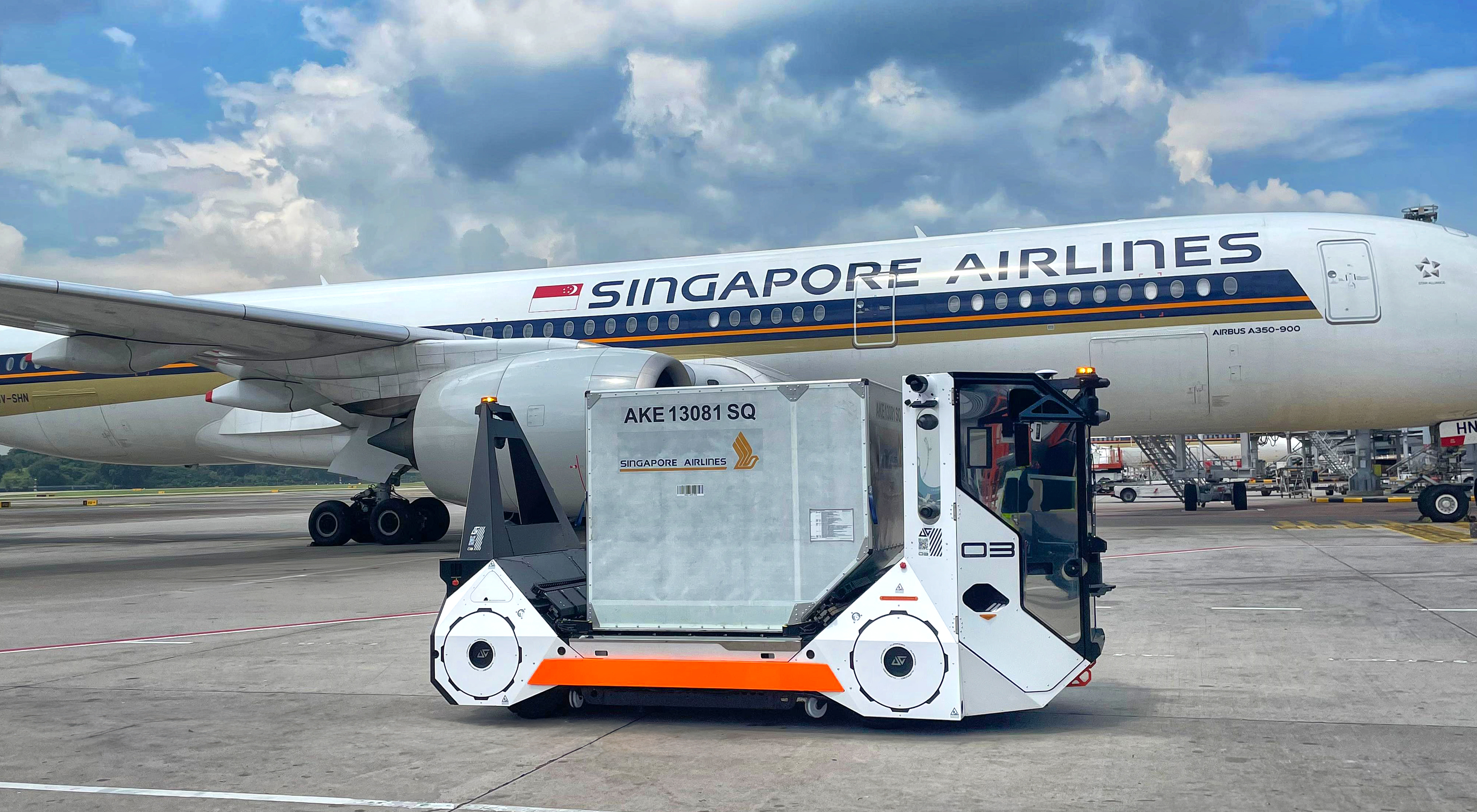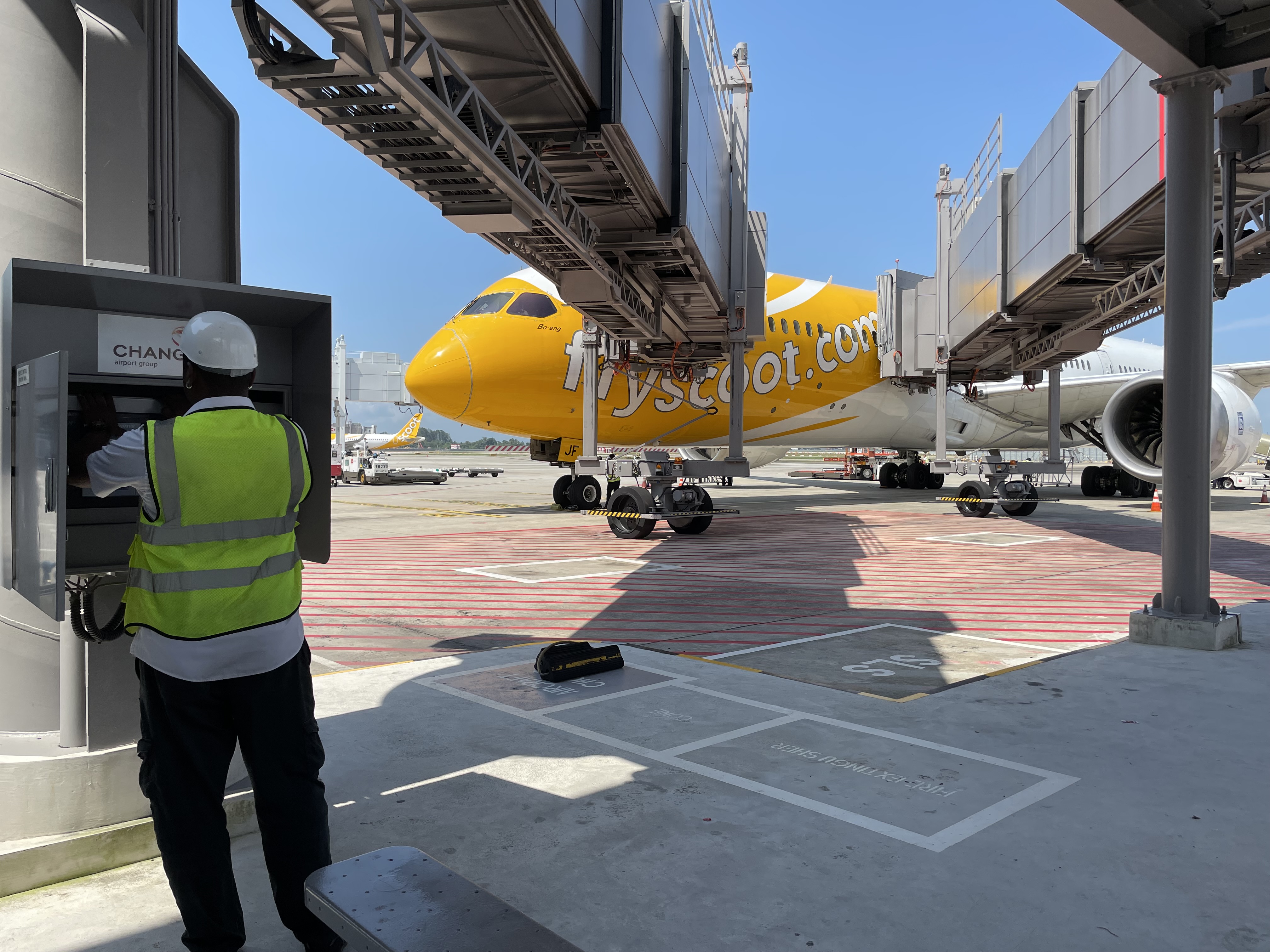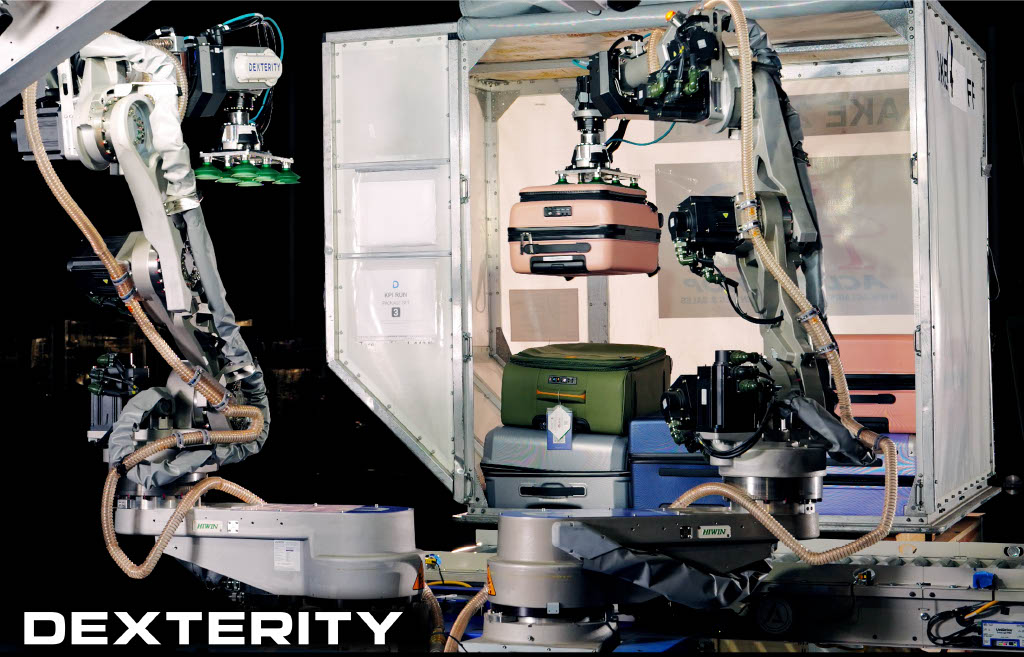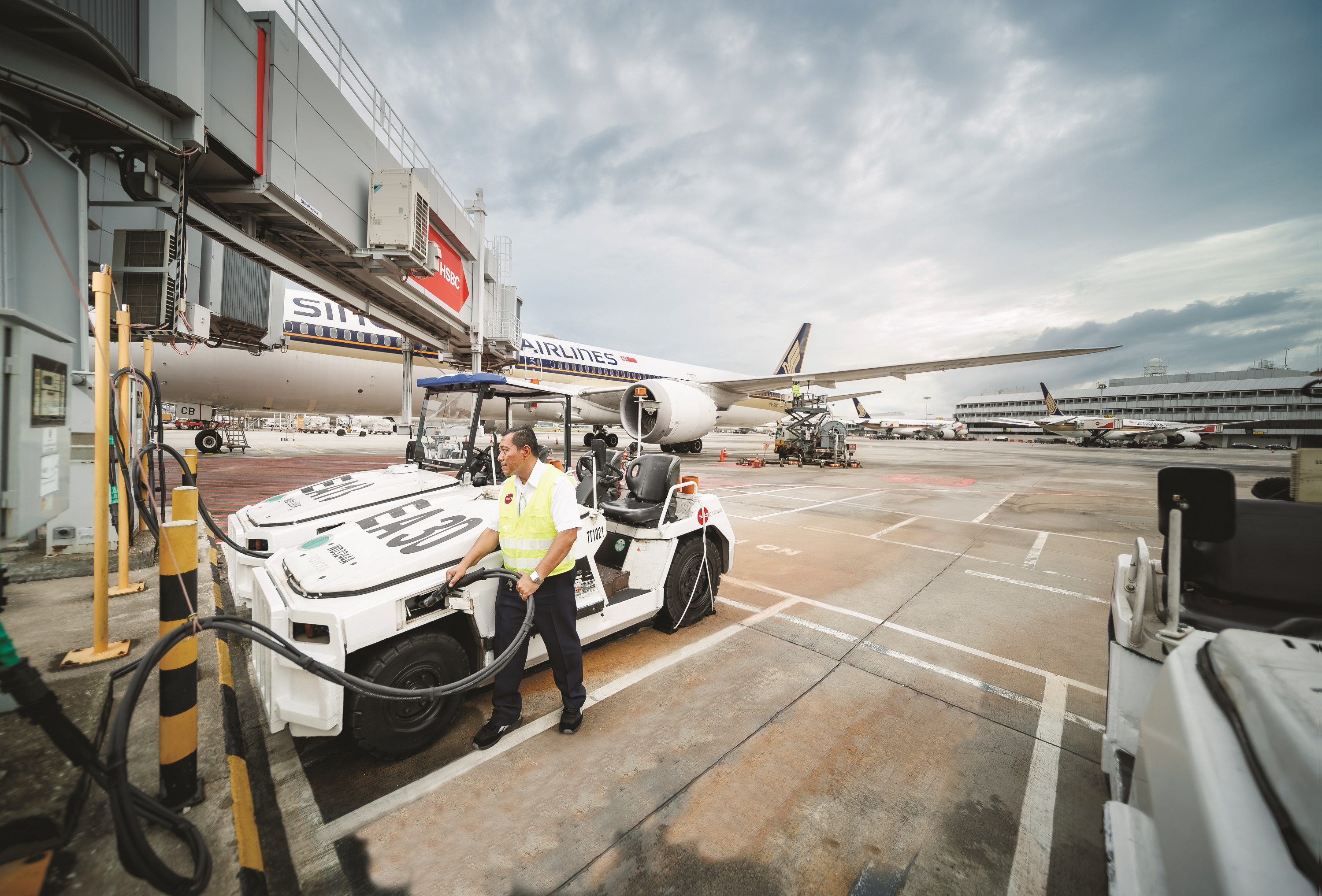The Changi East development is Changi Airport’s largest development to date, and consists of various programmes. This includes Changi Airport’s Terminal 5, a three-runway system, the construction of tunnels and other underground systems, landside and aviation support, as well as the Changi East Industrial Zone. The Changi East development will ensure that Changi Airport is ready to handle future growth in air travel and the Singapore air hub can continue to contribute to the country’s long-term economic development.
- ABOUT CHANGI EAST
- ABOUT TERMINAL 5
- MILESTONES
- FAQS
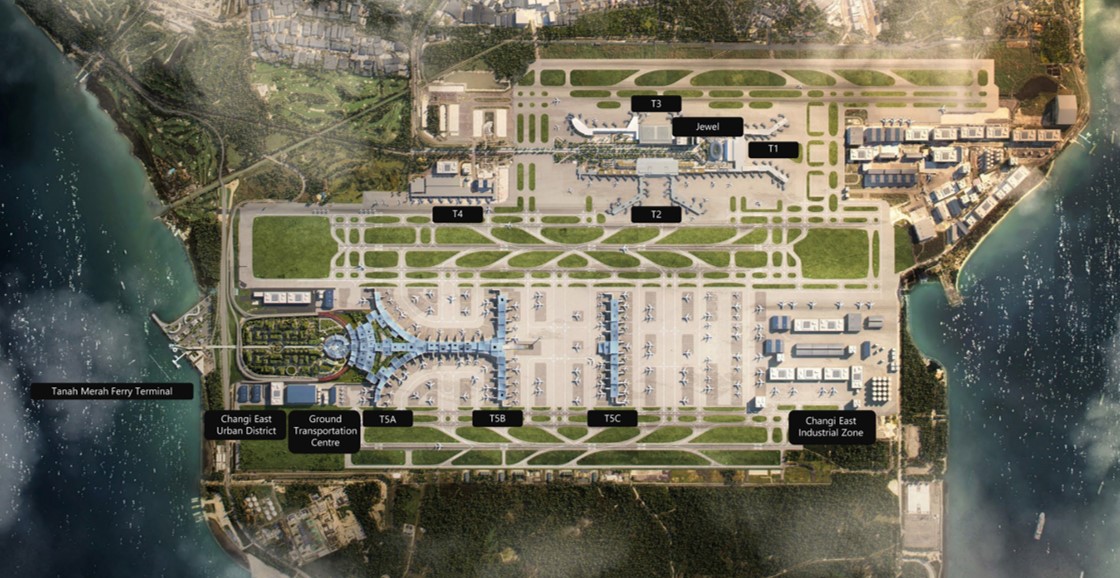
As Changi Airport’s largest expansion project to date, the development includes:
- Changi Airport’s fifth terminal, Terminal 5 (T5)
- A three-runway system
- The construction of tunnels and other underground systems
- Landside and aviation support facilities
- The Changi East Industrial Zone
Terminal 5 (T5) is located within the 1,080-hectare Changi East development. The terminal is designed with the flexibility to be built in two phases, in line with traffic growth. In its first phase, T5 will be able to handle about 50 million passenger movements per year and is expected to be operational around the mid-2030s. It will allow Changi Airport to significantly increase its handling capacity and strengthen its position as a premier air hub as travel demand continues to increase in the decades ahead.
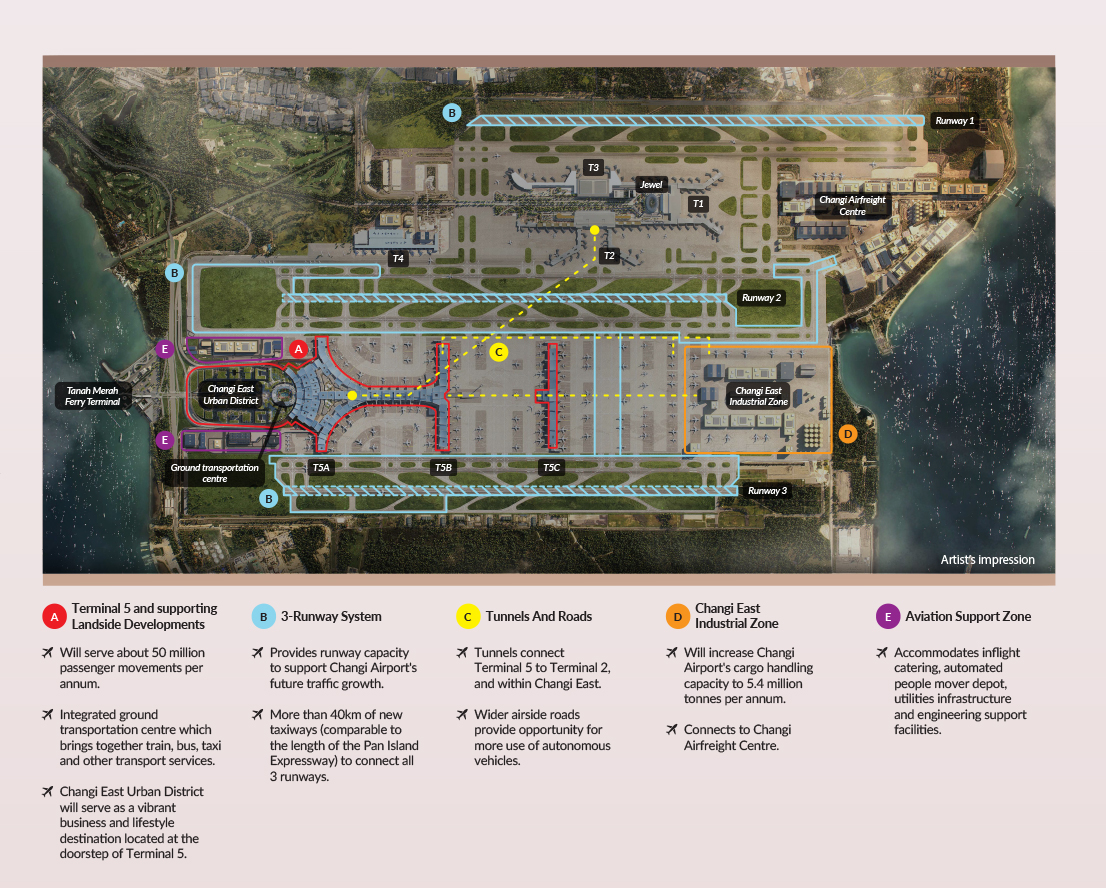
T5 will be linked to the existing terminals at Changi Airport, so that the airport can operate as a single integrated air hub. It will house a ground transportation centre that brings together train, bus, taxi and other transport services. T5 also offers the possibility of enhanced air and sea connectivity - for more seamless passenger travel, including convenient connections to neighbouring destinations via ferry services.
Drawing on lessons learnt from the Covid-19 pandemic, T5 has also been designed with the flexibility to operate as smaller sub-terminals when needed. Specialised provisions to reduce the transmission of diseases will also be deployed in T5, including contactless systems at passenger touchpoints and enhanced ventilation systems.
As a new gateway to Singapore, T5 offers new possibilities and will bring new surprises. It will reinforce Changi Airport’s status as a national icon and be a place of shared experiences across generations of Singaporeans, where precious memories are forged with friends and family.
T5’s design concept is characterised by a unique collection of overlapping curved roofs with varying heights. The ‘roof leaves’ break the mega terminal building into smaller spaces that are more human scale. Combined with natural light and landscaping at appropriate spaces, the terminal will have a cosy yet uplifting feel.
To make it easier for passengers to get around the terminal, an automated people mover (APM) system will be used to reduce walking distances. Together with travellators, walking distances in T5 will be comparable to Changi’s current terminals. The APM network will also link T5 to Terminal 2, facilitating seamless transfers to the other terminals.
T5 will leverage technology to automate and digitalise airport operations. This will enable the airport to operate at scale in a sustainable manner, with reduced reliance on manpower. In addition to various ongoing trials to enhance airport operations via automation, video analytics, AI and robotics are also being trialled for wider implementation in T5.
T5 will be a Green Mark Platinum Super Low Energy Building, as certified by the Building and Construction Authority. Powered by a larger share of clean energy, it will be equipped with building management systems that feature innovative and efficient systems design. The terminal will feature one of the largest rooftop solar panel systems in Singapore, which can potentially generate enough energy to power 20,000 4-room HDB flats for a year. T5 will also be ready for environmentally friendly solutions such as providing fixed ground power and district cooling, as well as viable alternative fuels including the use of Sustainable Aviation Fuel for aircraft.
For more information about T5, please refer to CAG’s factsheet.
2013
PM Lee Hsien Loong spoke about the plans for T5 and Changi East in his National Day Rally speech. Shortly after, the Changi 2036 Steering Committee, which was established to develop a holistic long-term plan for the expansion of Changi Airport, announces its recommendations to construct Terminal 5 (T5) and implement a three-runway system at Changi.
2014
Land preparation works for Changi East and planning for T5 begin in 2014, including functional design studies and concept development for the terminal.
2018
CAG announces the appointment of the Master Building Consultants (MBC) in 2018, to provide architectural design and engineering consultancy services for the development of T5. The Master Civil Consultants (MCC) are also appointed, to provide consultancy services for the design of infrastructure at the landside and airside areas outside of the T5 buildings.
2020
A two-year pause of the T5 project is announced in 2020, due to the Covid-19 pandemic. The aim is to assess the impact of Covid-19 on aviation growth, learn from the pandemic experience, and review T5’s design to meet the needs of post-pandemic travel.
2022
The resumption of work on the T5 project is announced in 2022. MOT, CAAS and CAG have taken the opportunity of the two-year pause to comprehensively review the T5 design to make it more modular, resilient and sustainable. Construction of T5 will commence in about two years for T5 to meet the anticipated demand for air travel around the mid-2030s.
2025
PM Lawrence Wong breaks ground for Terminal 5. Works will start thereafter. Several contracts for remaining buildings, civil works and systems are expected to be launched in the next few years.
Frequently asked Questions
Changi Airport's T5 is one of the key programmes under the Changi East development. The terminal will enable Changi Airport to safely and effectively handle the projected large volumes of air traffic in the medium-to long-term and will be ready to meet the anticipated demand around the mid-2030s.
The new facilities will enable Changi Airport to be operated as a single, integrated airport across terminals, and offer a more seamless travel experience.
Works at Changi East are progressively taking place, with different completion dates for its various programmes. The three-runway system will be among the first of the Changi East development works to be completed and it is expected to be operationalised in the mid-2020s. The three-runway system will reduce congestion in the airside, allowing for more flight movements in a safe and efficient manner.
Funding for Changi East will come from three parties—the Singapore Government, Changi Airport Group (CAG) and airport users (including airlines and passengers).
Individuals who are interested in joining the Changi East team can visit the Changi East career page. Procurement opportunities are also listed on Changi Airport’s procurement site.

 Language Select:
Language Select:











